 I was browsing the internet the other day, as you do and ran across this video. I’m not a natural history film person in general and I don’t watch natural history documentaries very often because to be honest I find the traditional documentary style a bit boring. I did like this though and it made me think about different approaches with the same message or aim.
I was browsing the internet the other day, as you do and ran across this video. I’m not a natural history film person in general and I don’t watch natural history documentaries very often because to be honest I find the traditional documentary style a bit boring. I did like this though and it made me think about different approaches with the same message or aim.
I typed “frogfish documentary” into the search bar of google and was rewarded with many short films about frogfish. Here are a few examples which I have divided based on my own interpretation of the type of presentation style:
- Traditional style:
- Popular style aimed at adults:
- Popular style aimed at kids:
All of these examples have pictures and videos of frogfish and all have very similar content in terms of facts about frogfish. The difference is in the style of presentation. The kids one is very clearly aimed at kids but we could argue that the other two are both aimed at similar audiences, adults. The styles they are made in though are very different.
Looking a bit further, documentary films in general can be divided into 6 categories or modes according to American documentary theorist Bill Nichols.
- Poetic mode – this is an early form of documentary that tends to be more subjective and evoke a feeling, mood or tone
- Expository mode- as time moved on, documentary makers started looking more at the social problems of the word and expositional images paired with narrative. This is more like a David Attenborough type nature film in that it is meant to transfer information
- Participatory mode – in this type of documentary, the filmmaker interacts with the subjects by asking questions for example. The participation of the filmmaker is known to the audience (by hearing the interviewer’s voice off camera for example)
- Observational mode – In contrast to the participatory mode, the observational mode is like a fly on the wall style documentary – simply watching animals in their natural habitat
- Performative mode – This is similar to the participatory mode because the filmmaker interacts with the subjects but unlike that mode, in performative mode, the filmmaker is also trying to convey a message or particular story. The performative mode is less objective and more subjective.
Our OUASSA students are producing shows, talks, films and written works for public presentation at the New Zealand International Science Festival in July. Thinking about the audience that will be at the presentations and how best to reach them will be key to getting their messages across. The style of show, talk, film or writing will be just as important as the medium and information.





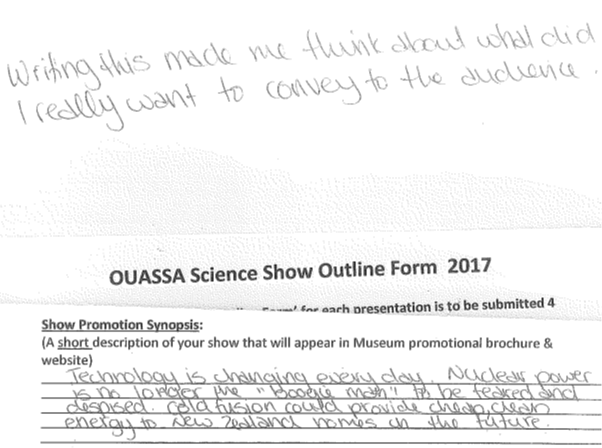
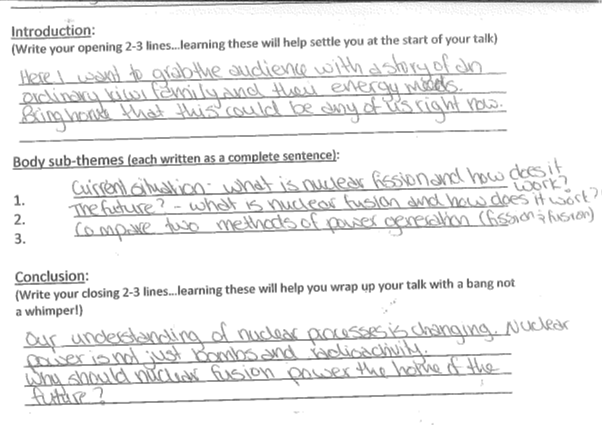


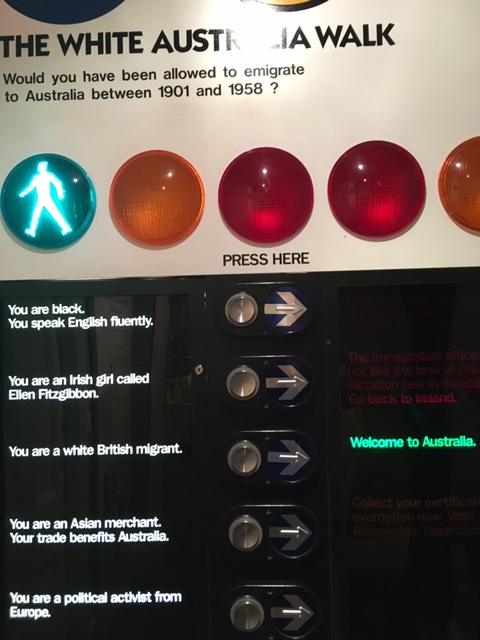
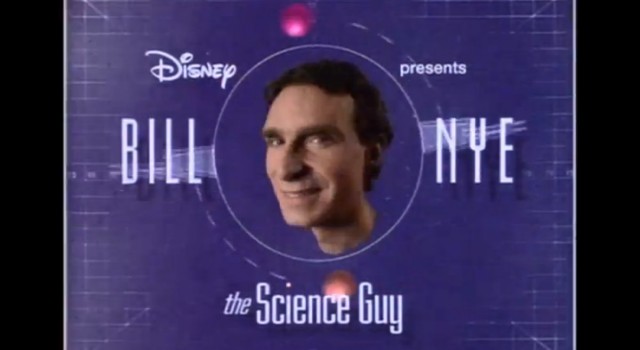
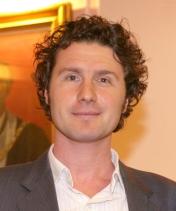



Recent Comments